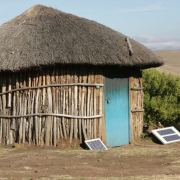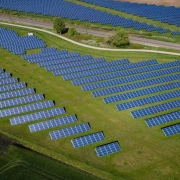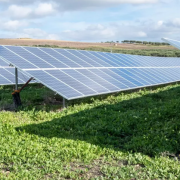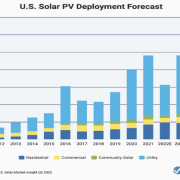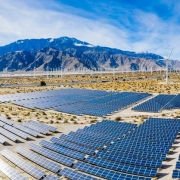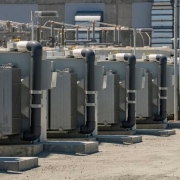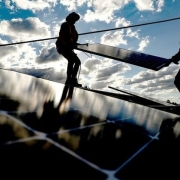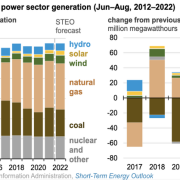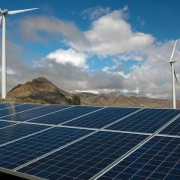Despite the pressure the pandemic has placed on supply chains and income levels, the number of people who source electricity from solar energy kits has continued to grow and has now reached 490 million.
According to the “Off-Grid Solar Market Trends Report 2022: State of The Sector” report – published by the World Bank’s Lighting Global, International Finance Corp. (IFC), GOGLA, Efficiency for Access Coalition, and Open Capital Advisors – the number of people who use solar energy kits had grown by 70 million by the end of 2021, up from 420 million in 2019.
Click here to read the full article
Source: PV Magazine
—
If you have any questions or thoughts about the topic, feel free to contact us here or leave a comment below.

